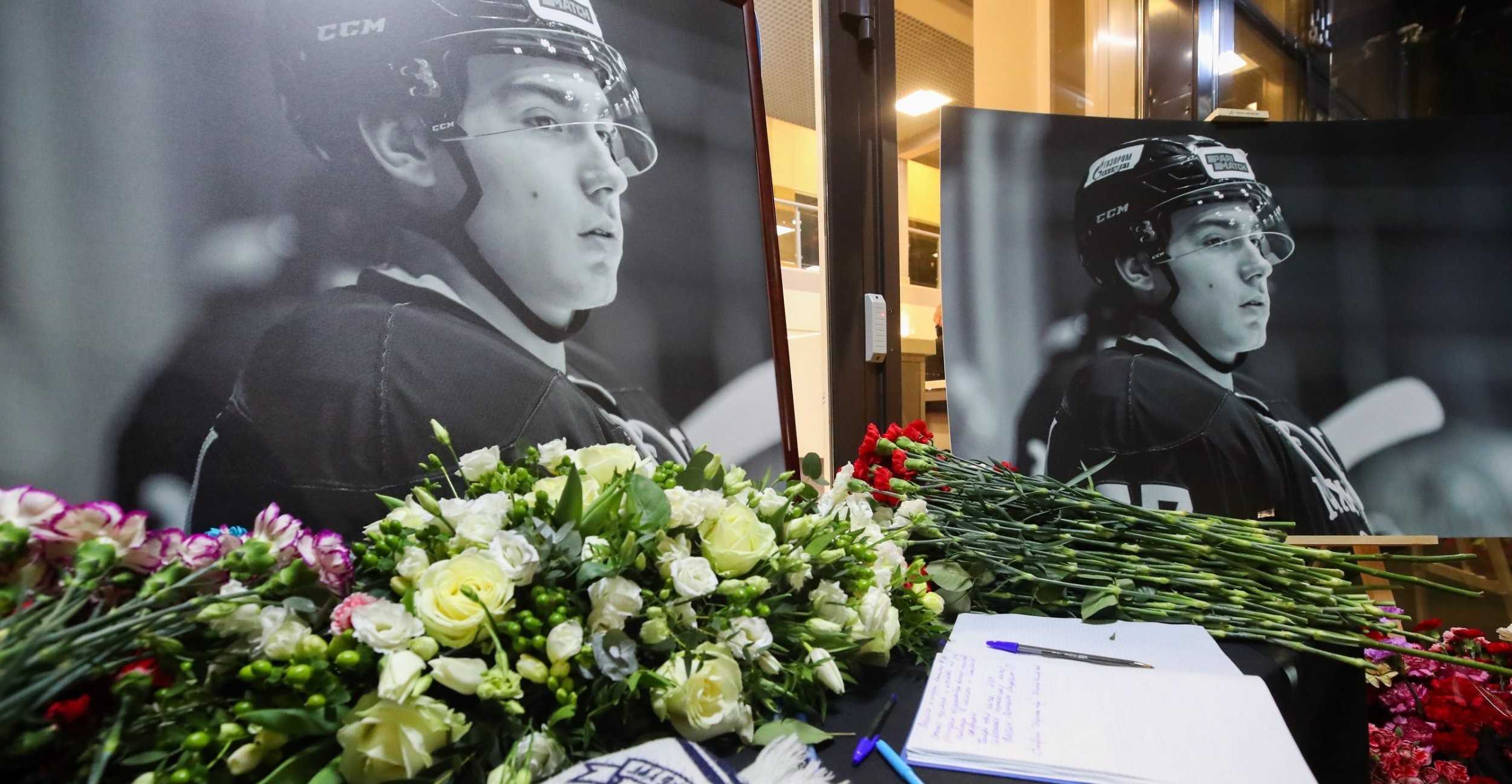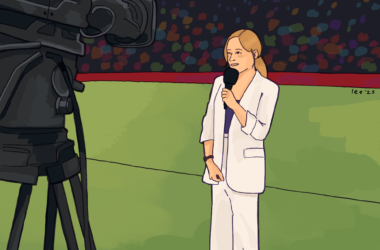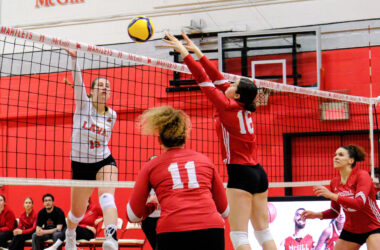Sports can provide entertainment, outlets for expression, and even career opportunities. However, at the end of the day, sports are games, and safety should always be a top priority. On March 16, Timur Faizutdinov, a 19-year-old Russian hockey player, died after being struck in the head with a puck. Although what happened to Faizutdinov is rare, the tragedy sparked conversation around player safety, and in this case, the efficacy of the hockey helmet.
Most hockey helmets come with at least some protection around the ear area. However, as in Faizutdinov’s case, many junior and professional league players take the ear guards off their helmets, leaving the region exposed. While ear guards add some safety, the focus of the current debate surrounding hockey helmets regards the cage versus the visor. Faizutdinov was struck near the temporal bone, so a full cage may not have saved him. Nonetheless, facial protection like a cage is proven to decrease the prevalence of injury.
To minimize injuries to collegiate athletes, the National Collegiate Athletic Association (NCAA) requires college hockey players across the United States to wear a full cage or full face shield on their helmets. Yet, in Canada, male players are only required to wear half shields, leaving their faces partially uncovered. Despite this, female players wear full masks at all levels of play in North America. This distinction is rooted in the misguided belief that women’s hockey is an amateur sport and therefore requires more protection. The NWHL, a professional women’s hockey league, is clearly not an amateur league, but it still requires all of its players to wear full face masks. In contrast, leagues that do not require full face shields see more than double the amount of facial injuries than those that do.
One argument against face shields is that added padding will make the game more violent by encouraging aggression, as is a claim in football. However, the face shield is not designed to stop hits or any physical component of the game, but rather to stop sticks and pucks from knocking players’ teeth out. Ear guards provide some protection for the exposed area around the ear, and such safeguards may have saved Faizutdinov’s life.
In 1959, after being hit in the face with a puck, Jacques Plante, then-goalie for the Montreal Canadiens, refused to return to the game without a face mask. This move sparked a rule change allowing and eventually requiring goaltenders to wear masks during games. Hopefully, the tragic passing of Faizutdinov will expand conversations surrounding player safety and the use of ear guards and full-face shields.
Although the NHL did not even require helmets until 40 years ago, changing the rule that currently prohibits players from wearing full-face shields unless they are already injured could be a potential starting point. Still, players in the NHL make a salary from playing hockey, so if team owners want their players to wear a visor and thus increase player recognition, it is a risk associated with the job.
On the other hand, junior and college hockey players do not earn a significant salary and many do not continue beyond juniors or university. Adding protection to prevent permanent injuries can ensure players are able lead normal lives after their hockey careers come to an end.
The NHL drafts players from the NCAA at a much greater frequency than U Sports. While this is in large part due to other factors such as scouting revenue, it is clear that the players are still able to develop into professional athletes behind the safety of a mask.
With a sport such as hockey, most players only compete for a relatively short period. However, injuries to the face and head can cause trauma and neurological damage that can last for a lifetime. These extra safety measures may be a minor inconvenience in the short term, but they can prevent permanent damage caused by significant head injuries.








